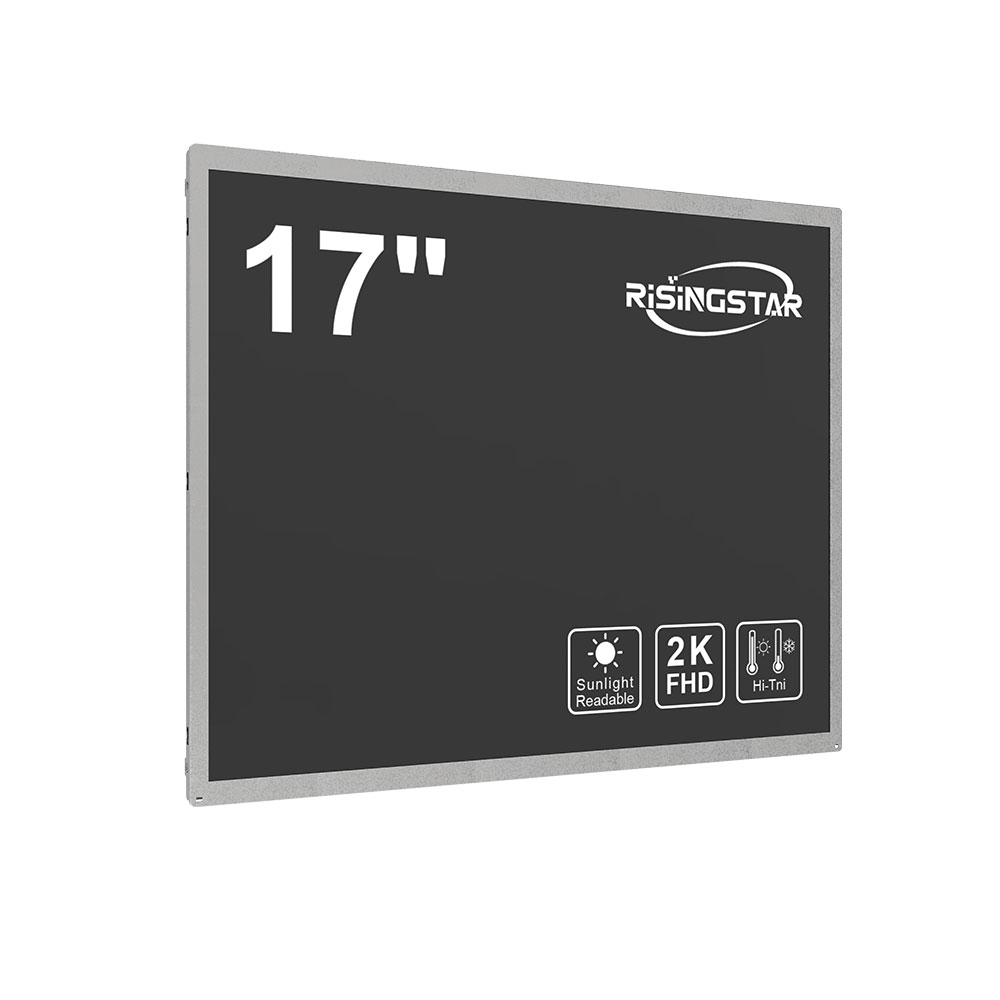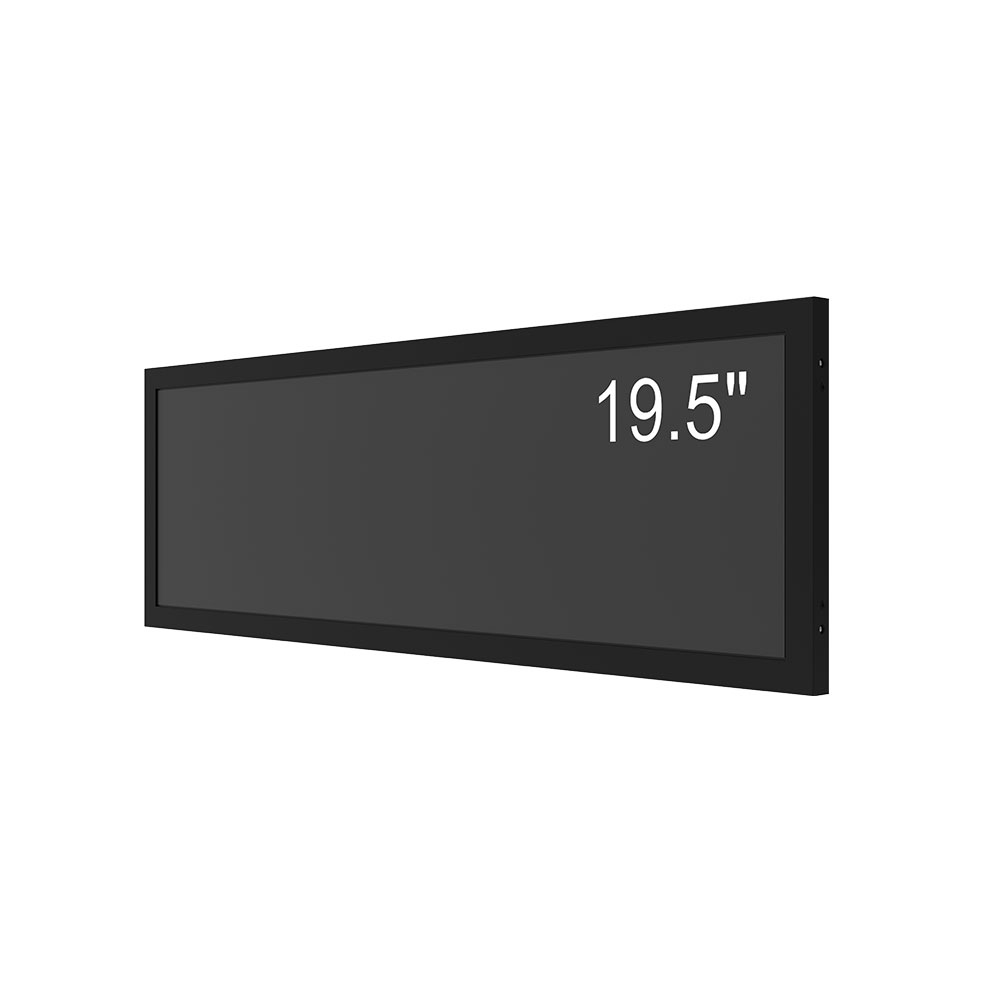When designing outdoor displays for industrial, military, transportation, or public information systems, selecting the right sunlight readable high brightness LCD screen is critical. These screens must deliver clear visibility under direct sunlight while maintaining durability and low power consumption.
First, understand the key metric: brightness. For full sun readability, look for screens with at least 1000 nits, ideally 2000–5000 nits depending on application intensity. Standards like MIL-STD-810G and EN 60068-2-1 provide environmental testing benchmarks—ensure your display meets these for vibration, temperature extremes, and humidity resistance.
Next, evaluate optical design. Transflective technology (a blend of reflective and transmissive layers) enhances contrast in bright environments without increasing power draw—a key advantage over standard transmissive LCDs. Additionally, anti-glare coatings and polarization filters reduce specular reflections, ensuring clarity even at oblique angles.

For long-term reliability, consider panel type: IPS (In-Plane Switching) offers superior viewing angles and color consistency compared to TN panels, making it ideal for user-facing applications. Use LED-backlit modules instead of CCFL for better energy efficiency and longer lifespan—especially important in solar-powered or remote installations.
Manufacturers like LG Display, BOE, and Sharp offer certified sunlight-readable models. Always request sample units for real-world testing under simulated or actual sunlight conditions—not just lab specs. Case studies from transit agencies show that proper screen selection reduces maintenance costs by up to 40% over five years.

Finally, integrate thermal management. High-brightness operation generates heat—use passive cooling (heat sinks) or active solutions (fans) only if system constraints allow. Overheating can degrade performance and shorten screen life.
Choosing the right sunlight readable high brightness LCD isn’t just about brightness—it’s a balance of optics, materials, environment, and real-world performance. With the right engineering approach, your outdoor display will remain functional, visible, and reliable for decades.







